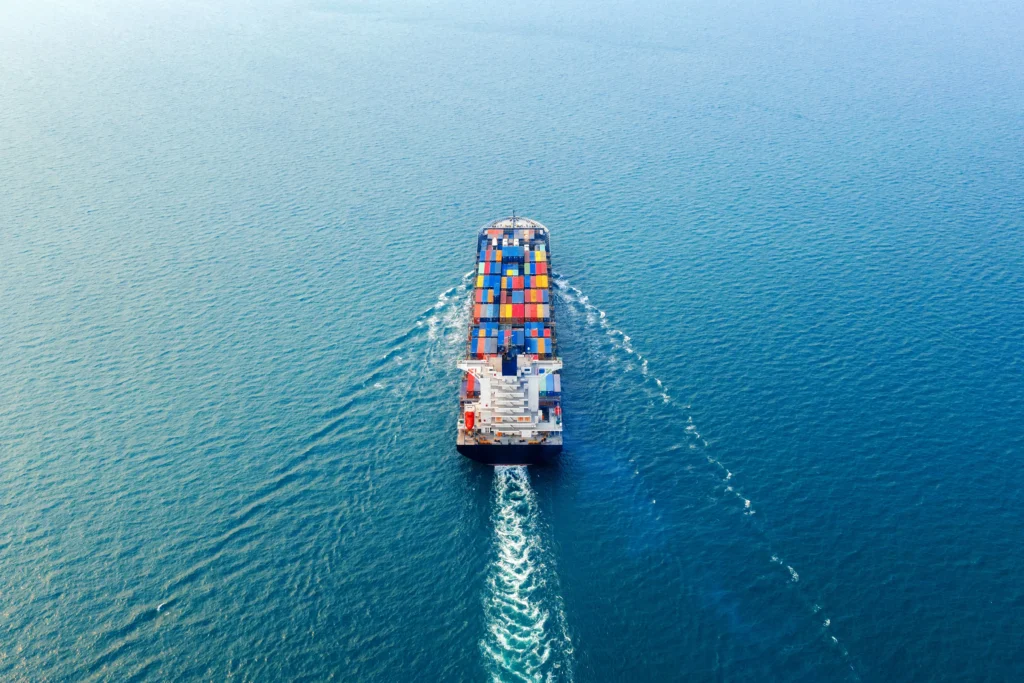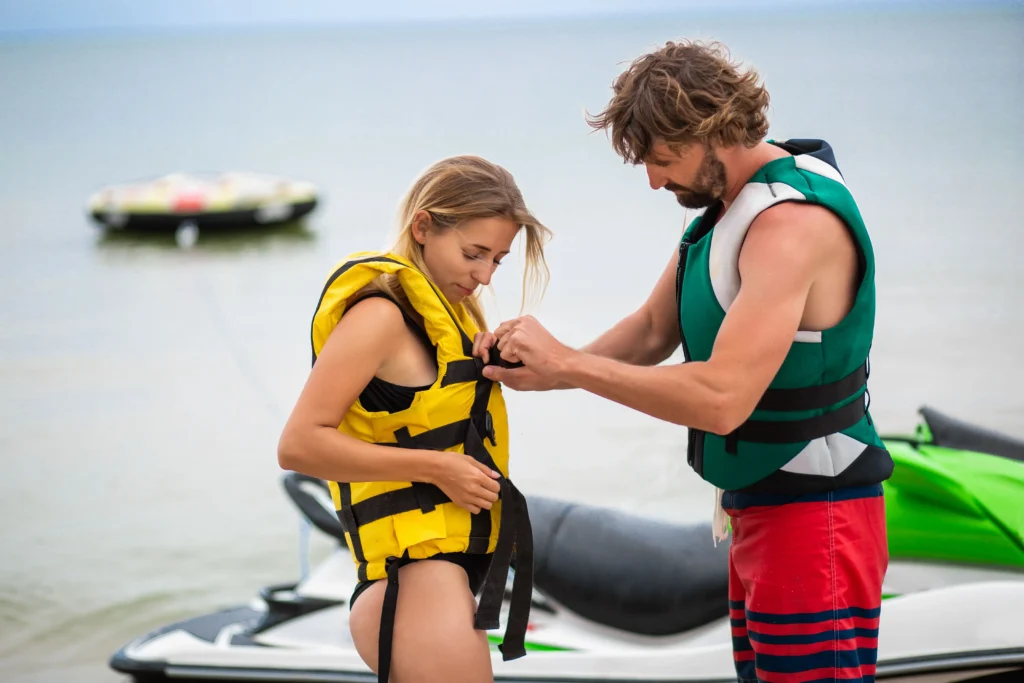Boating Directory Articles
Popular Categories on Boating Directory
Electronics/Navigation/Communication Sales
Electronics, Navigation, and Communication Equipment Sales in the Boating Industry

In the modern boating industry, electronics, navigation, and communication equipment have become essential tools for enhancing safety, convenience, and overall enjoyment on the water. The range of equipment available to boaters has expanded dramatically, with sophisticated systems designed to assist with navigation, communication, and monitoring various aspects of a boat’s operation. These products are crucial for both recreational and commercial boaters, helping them stay safe, informed, and connected while at sea or on inland waterways.
This market is supported by a range of marine electronics retailers and specialists, who supply everything from GPS systems and fish finders to radios, radar, and satellite communication equipment. In Australia, these businesses serve the country’s vibrant boating community, offering products tailored to local conditions and regulations.
**Key Categories of Electronics, Navigation, and Communication Equipment**
1. **Navigation Systems**
Marine navigation systems have evolved significantly, with modern technology allowing boaters to plot precise courses, avoid hazards, and access real-time data to ensure safe travel. Common products in this category include:
– **GPS Chartplotters**: These devices use GPS technology to display a boat’s location on digital nautical charts. They provide critical information about nearby landmarks, depths, and hazards, making them indispensable for safe navigation. Some advanced models integrate sonar and radar data, making them multifunctional navigation tools.
– **Autopilot Systems**: Autopilots are designed to steer a boat along a pre-set course without manual intervention. They are especially useful for long voyages, reducing fatigue for the skipper and crew. These systems can be integrated with GPS devices to maintain precise routes.
– **Depth Sounders and Fish Finders**: Commonly used by both recreational and commercial fishers, depth sounders provide information on the water’s depth, while fish finders use sonar to detect fish beneath the surface. These systems help in safely navigating shallow waters and in maximizing fishing success.
– **Radar Systems**: Marine radar is used to detect other vessels, landmasses, and weather systems, even in poor visibility conditions such as fog or heavy rain. This is critical for collision avoidance and for navigating through challenging environments.
– **Electronic Compasses**: While traditional magnetic compasses remain in use, electronic compasses provide accurate heading information that can be integrated with other navigational systems, like GPS or autopilot systems.
2. **Communication Equipment**
Effective communication is crucial for both safety and coordination on the water. Communication equipment allows boaters to stay connected with other vessels, marinas, and rescue services, and to receive weather and emergency information. Key products in this category include:
– **VHF Radios**: Very High Frequency (VHF) radios are essential for short-range marine communication. They are widely used for ship-to-ship and ship-to-shore communication, emergency broadcasts, and coordination with marinas or harbors. All commercial and most recreational boats are required to carry a VHF radio in Australian waters.
– **AIS (Automatic Identification Systems)**: AIS transceivers allow vessels to broadcast their position, speed, and course to nearby ships and to shore stations. AIS is an important tool for collision avoidance, particularly in busy shipping lanes or low-visibility conditions.
– **Satellite Phones**: For offshore boaters, satellite communication is often the only reliable way to stay connected. Satellite phones work in remote areas where mobile phone networks do not reach, providing a lifeline for emergency situations or communication over long distances.
– **EPIRBs (Emergency Position Indicating Radio Beacons)**: These are critical pieces of safety equipment that transmit a distress signal when activated, helping rescue services locate a boat in an emergency. EPIRBs are mandatory for certain types of vessels in Australia and are an important backup in case other communication systems fail.
– **SSB (Single Side Band) Radios**: These radios are capable of long-range communication, even beyond the horizon. They are commonly used by boats traveling long distances offshore or around remote areas where VHF radios may not reach.
3. **Entertainment and Auxiliary Electronics**
Modern boaters expect the same level of entertainment and convenience at sea as they enjoy on land. As a result, marine electronics also cover entertainment systems and auxiliary electronics that enhance the onboard experience:
– **Marine Stereos and Speakers**: These are specially designed for the marine environment, offering durable and waterproof solutions for onboard entertainment. Many systems now offer Bluetooth connectivity for streaming music from smartphones.
– **Television and Satellite Systems**: Some larger vessels are equipped with satellite TV systems, allowing crew and passengers to watch TV at sea. This can be integrated with entertainment systems for movies or sports broadcasts.
– **Wi-Fi and Internet Systems**: As connectivity becomes more important for modern boaters, many boats are now equipped with marine-grade Wi-Fi systems that allow access to the internet while at sea. These systems often use satellite connections or mobile networks where available.
**Suppliers and Retailers of Marine Electronics in Australia**
In Australia, there are many specialized suppliers and retailers that cater to the demand for high-quality marine electronics. These companies often provide installation services, ensuring that boat owners get the most from their new systems. Popular suppliers include:
– **Whitworths Marine & Leisure**: A major retailer of marine electronics, offering a broad range of navigation, communication, and entertainment systems. Whitworths has locations across Australia, making it a convenient option for boaters in many regions.
– **BLA (Boating, Leisure, Adventure)**: One of Australia’s leading distributors of marine electronics and accessories, BLA offers products from well-known brands and serves both commercial and recreational boaters.
– **Trymax Marine Electronics**: This business specializes in marine electronics installation and repair, with a focus on high-end navigation and communication systems for both powerboats and sailboats.
– **Navico Australia**: A global leader in marine electronics, Navico distributes products from top brands like Simrad, Lowrance, and B&G, which are highly regarded for their navigation and communication solutions.
– **Marine Electronics Australia (MEA)**: MEA specializes in providing advanced electronics for commercial vessels, including navigation, communication, and fish-finding equipment. They offer a range of services including custom installations and systems integration.
**Emerging Trends in Marine Electronics**
As technology continues to evolve, several trends are shaping the future of marine electronics:
– **Integration of Systems**: Modern boats increasingly feature fully integrated systems, where navigation, communication, and even engine data are displayed on a single touchscreen interface. This streamlines operations and reduces the need for multiple displays.
– **Wireless Technology**: Wireless sensors and controls are becoming more popular in marine systems, offering boaters the ability to monitor and control onboard systems remotely via smartphones or tablets. This includes monitoring battery levels, bilge pumps, and even controlling lighting and entertainment systems.
– **AI and Autonomous Systems**: Some manufacturers are developing autonomous navigation systems that can control the boat with minimal input from the skipper. These systems use AI to plot courses, avoid hazards, and adjust for changing conditions in real-time.
– **Environmentally Friendly Power**: With the rise of electric propulsion and hybrid systems, there is growing interest in electronics that support energy efficiency and renewable energy sources, such as solar panel controllers and energy-efficient lighting.
Conclusion
The sale and installation of marine electronics, navigation, and communication equipment is a vital part of the boating industry in Australia. These products provide essential safety, convenience, and entertainment for boaters of all kinds. From GPS chartplotters and autopilots to VHF radios and satellite phones, the wide array of available systems allows boat owners to navigate safely, stay connected, and enjoy their time on the water. The growing trend toward integrated systems and wireless technologies promises to further enhance the boating experience in the years to come.
Sponsored Business
Related Articles
Inboard Engine Service and repairs
Boating Directory Articles Popular Categories on Boating Directory Marine Clothing...
Read MoreBoat transport shipping
Boating Directory Articles Popular Categories on Boating Directory Marine Clothing...
Read MoreJet Ski Sales, Service and repairs
Boating Directory Articles Popular Categories on Boating Directory Marine Clothing...
Read MoreNaval Architects
Boating Directory Articles Popular Categories on Boating Directory Marine Clothing...
Read More


